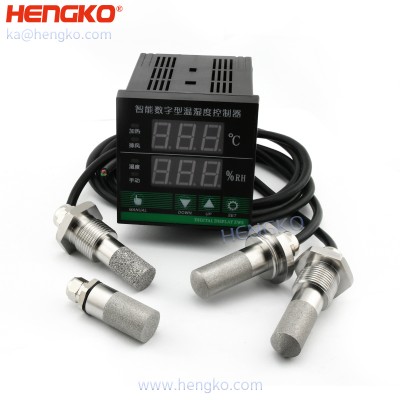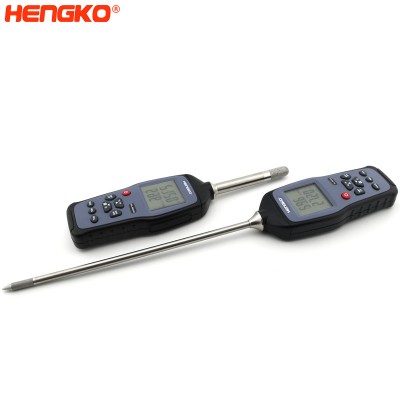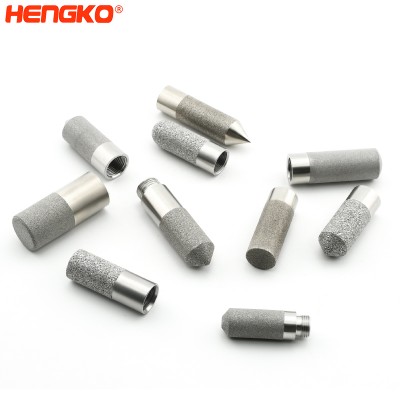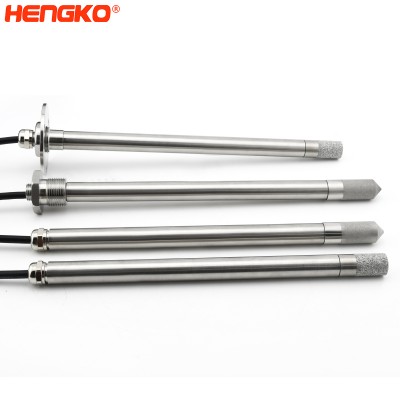Chinese civilization has a long history, and experts speculate, based on archaeological findings, that in the middle of the Neolithic period, 5,000 to 6,000 years ago, China began to raise silkworms, take silk, and weave silk. The archaeological excavation of the Sanxingdui is located in the northwest of Guanghan City, Sichuan Province, on the south bank of the Duck River, the Chengdu Plain developed silk weaving industry has made Sichuan an important intersection on the Silk Road.
With the continuous development of modern civilization and textile technology, silk has gradually become the clothing of modern women who love beauty, silk scarves and other consumer goods, but in ancient times, the silk preparation technology at the time was a complex craft, feel and luster than other fabrics smooth, soft by people's attention, is a very important trade goods. The first large-scale trade exchange between the East and West in world history was known as the "Silk Road. In ancient times, silk was a textile woven with mulberry silk as the main raw material. In modern times, due to the continuous expansion and development of textile materials, where the warp is woven with man-made or natural filament fibers, can be called silk in a broad sense. Silk woven from pure mulberry silk is specifically called "real silk".
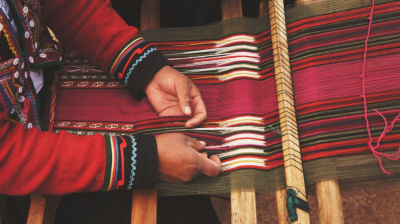
This time in the sacrificial pits found silk decay residues, and in the sample soil test repeatedly found silk protein, to the fact that more than 3,000 years ago, the kingdom of the three stars pile, has begun to use silk. Why is everyone so surprised by this discovery of silk residues? Because of the humid climate in Sichuan, fragile silk could not be preserved for long in the humid underground, all textiles absorb moisture and they absorb or release moisture depending on the relative humidity of the surrounding air. If the air is humid, then the water content of the textiles will increase. The drop in relative humidity of textiles may make them weaker, thinner, more brittle and less flexible, resulting in damage to the textile product.
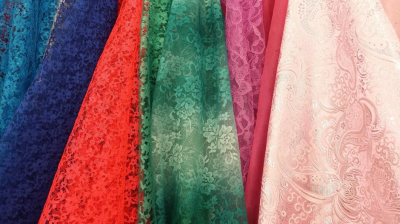
The fiber is processed in a suitable air humidity environment so that the loss of moisture is minimal. Moisture loss during processing is essential because the process raises the temperature of the material and makes it dry. And by increasing the humidity of the air in the textile environment, moisture is reabsorbed into the textile, thus improving the quality and performance of the fabric. Therefore, the humidity in the textile factory is very important. In order to keep the textile in the appropriate humidity range, it is recommended to use intelligent digital temperature and humidity controller, temperature and humidity measuring instrument, industrial temperature and humidity transmitter, temperature and humidity sensor and other humidity monitoring instruments to monitor the humidity in the production plant, and if the humidity is too low you can use humidifier and other means to increase the humidity.
HENGKO® temperature and humidity transmitter series are designed to provide solutions for various humidity measurements. HENGKO® temperature and humidity transmitters are available in built-in and split types, with replaceable probes that do not require recalibration and adjustment of the transmitter after replacement. The installation mounting method can be chosen according to the usage environment: wall mounted, or mounted on air conditioning ducts. To install the probe in high temperature ducts or where it needs to be fixed, HENGKO® can provide mounting components such as flanges. HENGKO has a wide range of probe types and tens of thousands of probe housings to choose from.
In addition to silk, there are many other significant discoveries at Sanxingdui, such as ivory products, mysterious gold masks, a large number of exquisite bronzes and so on, which not only demonstrate the uniqueness and creativity of ancient Shu civilization, reflecting the close connection with other ancient civilizations in China and the exchange and mutual appreciation of ancient civilizations in the world, but also highlight the important status of ancient Shu civilization as an integral part of Chinese civilization, and provide typical evidence for the study of Chinese civilization It is a typical evidence for the study of the origin and development of Chinese civilization as a "pluralistic whole". We look forward to more surprises from the excavations at Sanxingdui!
Post time: Apr-06-2021
